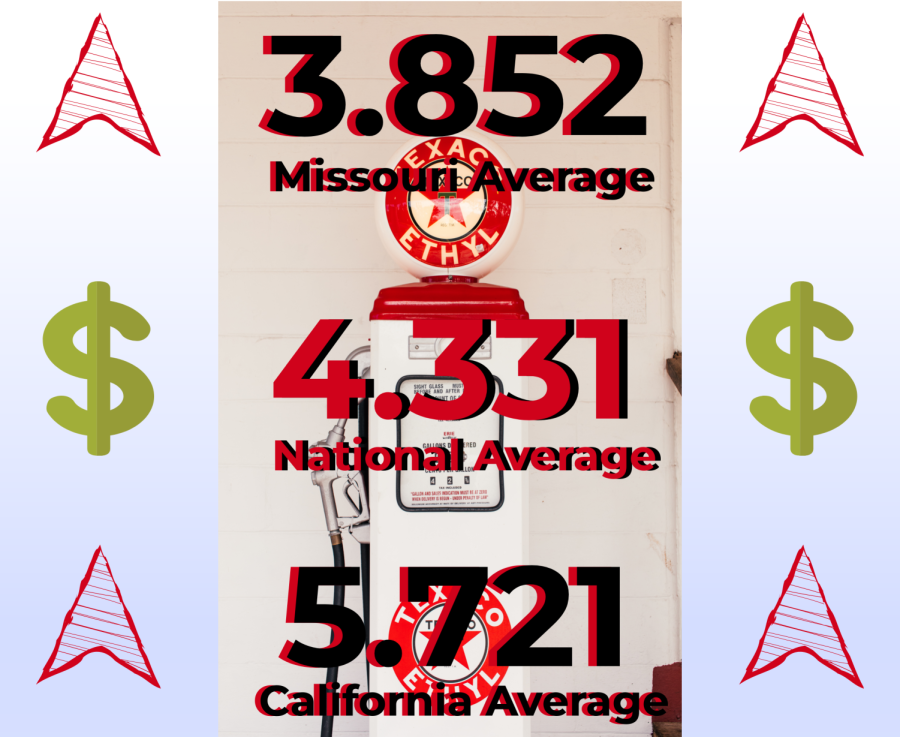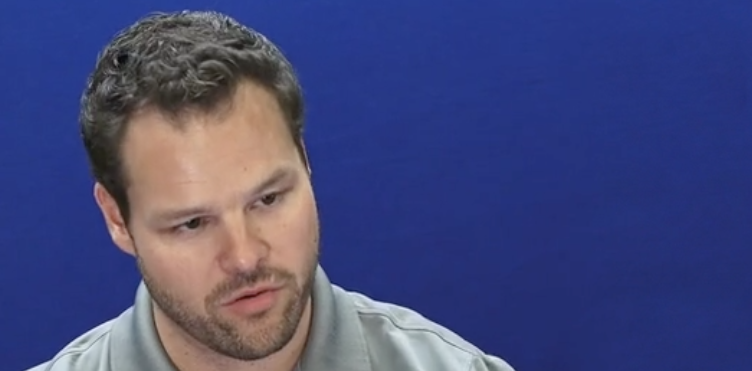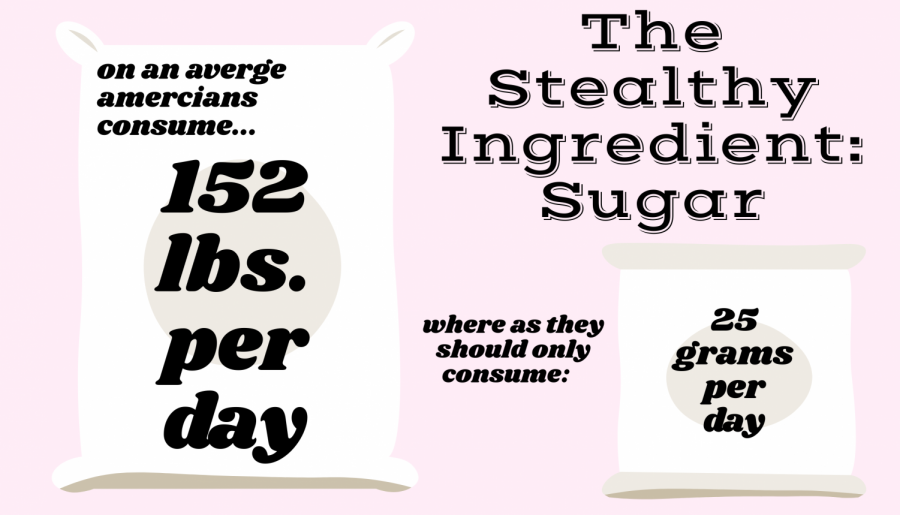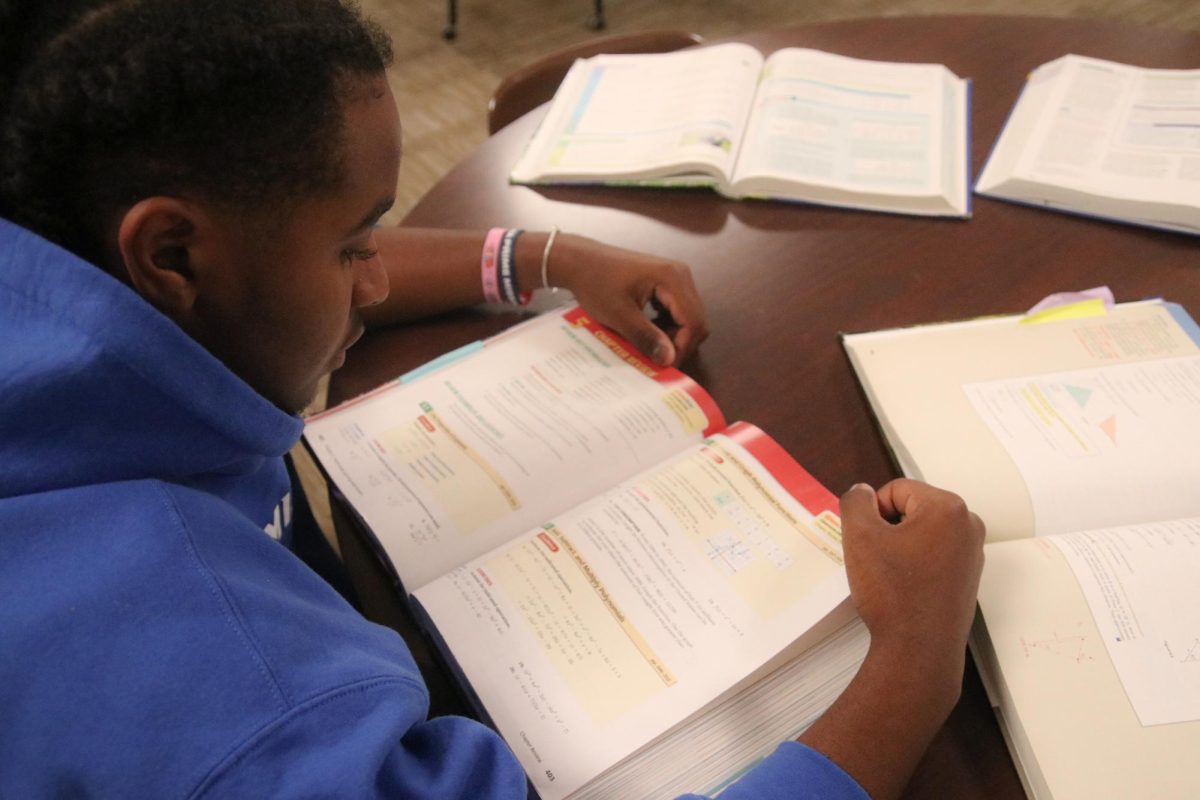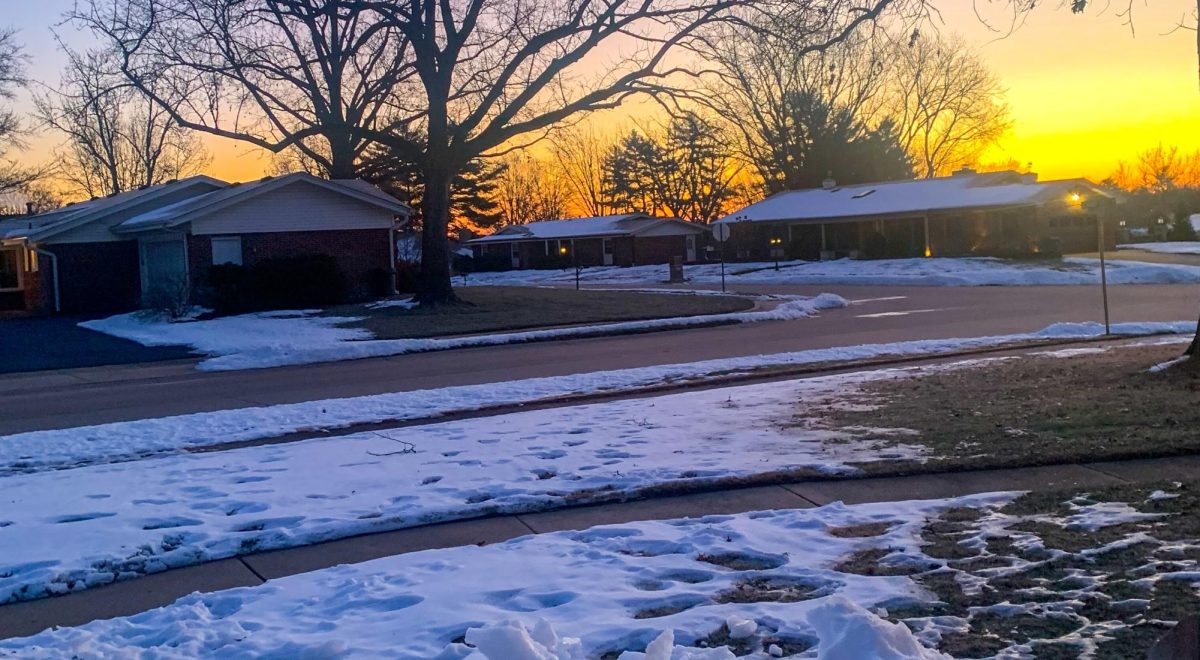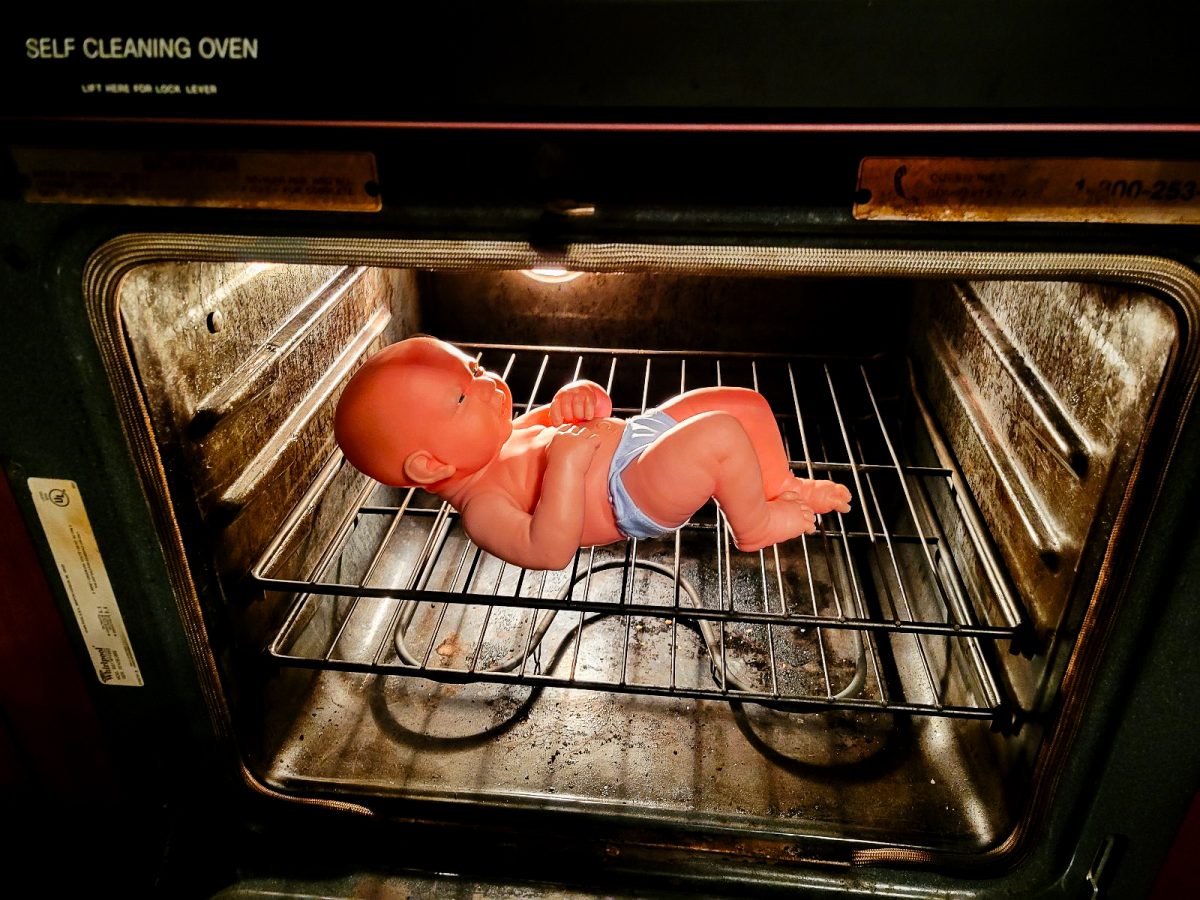America has a dangerous obsession with inclusivity. It’s putting futures in danger and safety at risk. Let me explain. For centuries, Americans of all different skin colors, nationalities, and social statuses have fought for the right to be included, whether it be in something as small as a new social circle or something as large as the right to vote or own property. As early as the late 1700’s, abolitionists began a movement to end slavery and put a stop to the transatlantic slave trade business that supported American slavery. Fast forward to the mid 1900’s, and heroes along the likes of Martin Luther King Jr and Rosa Parks continued the fight for equal rights, this time with a focus on equal opportunity and societal privilege. In 1987, the Second National March on Washington for Lesbian and Gay rights marked the beginning of the fight to legalize same sex marriage in America. You see my point. Since its inception, America has been a place where underprivileged communities fought to be on an equal playing field with the rest of the country. That’s a good thing. When, though, is enough enough? At what point does the pursuit of equality no longer desire to give people the same opportunities, but the same outcome? And when does the pursuit of inclusivity start to become a problem, rather than an attempt at a solution?
At one point in America’s history, white’s dominated every aspect of culture, entertainment, and government. That is the uncomfortable, yet undebatable truth. In 1964, President Lyndon Johnson signed into law the Civil Rights Act, which prohibited discrimination of all kinds based on race, color, religion, or national origin. Then, government policies such as affirmative action attempted to give minorities that had previously been discriminated against a small ‘leg up’ in order to, in a sense, ‘even the playing field.’ Less than a year later, in 1965, Johnson, in a commencement speech to the graduating class of Howard University, an HBCU, asserted that “equal opportunity is essential, but not enough,” seemingly alluding to the need for that ‘leg up’ for minorities. Since these assertions, affirmative action and inclusivity policies in the corporate hiring process, once promoted as a means to end discrimination and racial preference, have encouraged it.
In 1978, the University of California’s reservation of 16 places in each class of 100 for “qualified minorities” was challenged in the United States Supreme Court by Allan Bakke, a white applicant who had twice applied and been rejected for admission into the university’s Medical School. In an 8-1 decision, the court ruled that “a university’s use of racial quotas in its admissions process was unconstitutional,” but that the consideration of race was permissible as one of many admission criteria.
For years, this policy continued in many California and U.S. universities, including Stanford University. According to data cited in Richard Herrnstein and Charle Murray’s book The Bell Curve, the average difference in the SAT scores between Stanford’s African-American and white admittees in 1992 was 171 points. For an institution that claims to hold themself to such a high academic standard, isn’t it rather concerning that exceptions to those standards are being made on the basis of diversity? After all, doesn’t this practice actually undermine the academic integrity of Stanford and all other institutions that have similar practices? And isn’t the prestige of a Stanford degree slightly lessened every time a less academically capable student is admitted, or a less knowledgeable professor is hired?
At the University level, many schools practice other kinds of acceptance discrimination which are widely regarded as useful and acceptable. For instance, many state schools discriminate against out-of-state students in the name of educating students from in-state. For instance, if a school has 10,000 applicants who are all academically qualified for acceptance, but only have space for 8,000 of them, they may lean towards accepting a majority of in-state applicants, rather than out of state ones. For instance, the University of North Carolina – Chapel Hill has a 43.1% acceptance rate for in-state students and an 8.2% acceptance rate for out-of-state students. The University of Michigan’s rates were 40% and 17%, respectively. What, you may ask, is the difference? Why should states be able to discriminate in one way but not another if neither manner of bias is merit based? The major, very important difference between racially based discrimination and all the others is that only in racially based discrimination do universities, at times, lower their admissions standards for certain applicants. Think about it, in the examples of North Carolina and Michigan and their in-state versus out-of-state acceptance rates, all students who are eventually accepted into the university uphold the admission criteria. The choice of the university to accept a particular student is not one made between an unqualified and qualified student, rather between two, often equally, qualified students.
What I’m not inferring, and I want to make this clear, is a sort of academic hierarchy determined by race. In fact, I am of the opinion that from a purely academic stand-point, race should not even be considered as a part of the application process at a university. If a university has admissions standards, students who meet those criteria should be accepted, regardless of race, gender, ethnicity, or any other defining category. If a student does not meet those standards, they should not be admitted – simple as that.
Not only has the practice of showing non-merit based preference become all too common in educational institutions, it has also become commonplace in the corporate hiring process. For instance, a leaked email from 2014 revealed that the Federal Aviation Administration, which hires air traffic controllers, safety inspectors, and many more positions related to air safety, provided the National Black Coalition of Federal Aviation Employees (NBCFAE) a list of buzzwords that would automatically move their resumes to the top of the pile in the hiring process. This list, only provided to potential African-American candidates, ensured that their resumes were prioritized in the hiring process. For instance, if an applicant listed on their resume that their worst subject in high school was science, a fact that one would seldom desire to include on their resume, hiring managers at the FAA would automatically know that the person applying was of color.
Recently, the FAA listed a slew of new open positions, including many for air traffic controllers. Those job listings specified that each position was a “FAA position open to Persons with Disabilities (PWD) and Persons with Targeted Disabilities (PWTD).” What disabilities, you may ask, is the FAA allowing air traffic controllers to have? Listed under the PWD and PWTD categories as disabilities that would not preclude a person from being hired are blindness, serious difficulty hearing (deaf), autism, speech impairment, missing extremities, and many others. These impairments clearly do not preclude one from being considered for positions in other career fields, but it’s hard to argue that these disabilities don’t negatively affect the ability of those with them to successfully perform the responsibilities of this job. After all, if you were on a flight, would you want your pilots being directed by someone who can’t see the runway or radar? What about a person who is unable to verbally communicate?
Close calls between airplanes are on the rise in America, a trend that is deeply disturbing to passengers and federal officials alike. In the early morning hours of February 7th of this year, two Jet Blue planes collided on the runway of Boston Logan International Airport. No injuries were reported. Last October, two jets collided at William P. Hobby airport in Houston after a miscommunication caused one jet to begin taking off without proper clearance. In February of 2023, a FedEx cargo plane came within 100 feet of an in-air collision without a Southwest Airlines flight in Austin. The month before, two American Airlines and Delta Air Lines planes at Kennedy International Airport in New York nearly collided after the American plane crossed a runway while the Delta plane was landing. While airport security threats are nothing new, it seems to me, an outsider, that the most controllable aspect of airport safety should be highly scrutinized, audited, and inspected. Most Americans would agree that the most important thing to consider when deciding who will fly, direct, or communicate with the planes we travel on is the ability of said person to be successful in doing their job, even when held to the highest standard possible.
Clearly, college admission and air safety are two very different issues. That said, the scrutiny of both is essentially the same. When meritocracy is sacrificed in the name of inclusion, the integrity of both institutions suffer. For universities, academic integrity suffers when less capable applicants are admitted in the name of box-checking and diversity. In the sky, the assurance of safety is corrupted when the FAA hires candidates who aren’t able to fulfill every appointment of their job description in order to boast their ‘great’ diversity numbers and rave of their inclusive DEI programs. In a genuine sense, equality programs aim to ensure that candidates, whether it be for a job or admittance to a school, are not discriminated upon on the basis of race or identity. That said, discrimination on the basis of merit can be, and is, in most cases, a good thing. This kind of discrimination, one that judges solely on a person’s work ethic and ability, gives the label of ‘elite institution’ to only the most prestigious of universities. It makes America’s army the strongest in the world. It makes capitalism thrive. It fuels the American Dream. And it should, I would argue, be the only type of discrimination that universities and corporations employ to decide who will shape America’s tomorrow.






